The Balkan Peninsula unfolds like a tapestry of nature across southeastern Europe. Travelers picture the area under white-capped mountains or studded with medieval citadels. They’re not far off, but the Balkans have a less wilder side. Set between untamed highlands and ancient cities are sunbaked oases where summer doesn’t just visit – it sets up housekeeping.
Here is a list of 15 remarkable Balkan destinations that capture the essence of endless summer through their distinct microclimates, cultural warmth, and timeless atmosphere.
Ksamil, Albania
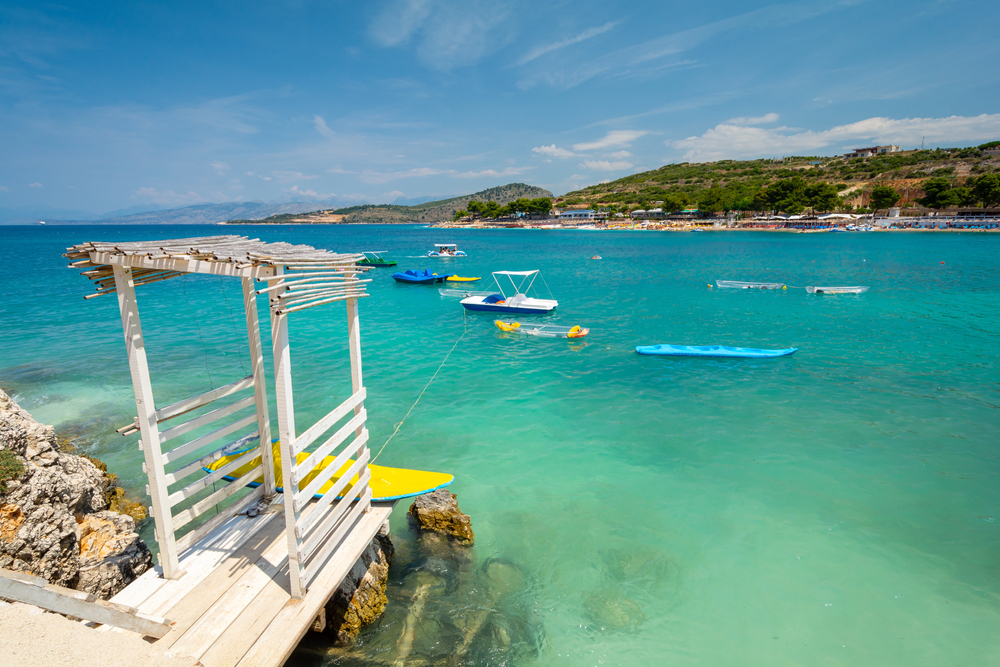
Tucked along Albania’s southern coastline, this unassuming village rivals Caribbean beaches with its impossibly turquoise waters against white sand shores. The nearby islands – small enough to swim to if you’re feeling ambitious – create natural swimming pools so clear you’ll spot fish darting between your legs.
Ksamil stays pleasantly mild even during January, when locals might throw on light jackets for evening strolls while northern Europeans battle blizzards back home.
Hvar Island, Croatia

Bask on Croatia’s sunniest island, where lavender-scented air mingles with salt spray under a remarkable 2,800 hours of annual sunshine. The medieval town center buzzes with energy around centuries-old stone buildings – their sun-bleached facades somehow both ancient and timeless.
Hvar’s relationship with sunshine runs so deep that old-timers joke about needing to travel elsewhere just to remember what rain feels like.
Like Travel Pug’s content? Follow us on MSN.
Budva Riviera, Montenegro

Stroll Montenegro’s coastal jewel where palm trees line promenades that curve alongside golden beaches – all dramatically backdropped by craggy mountain peaks. The walled Old Town has witnessed 2,500 years of history – making it among the Mediterranean’s oldest continuously inhabited settlements.
Winter temperatures here rarely fall below 50°F, so locals keep outdoor café culture alive year-round, sipping strong coffee beneath surprisingly blue January skies.
Santorini Mikrochori, Greece
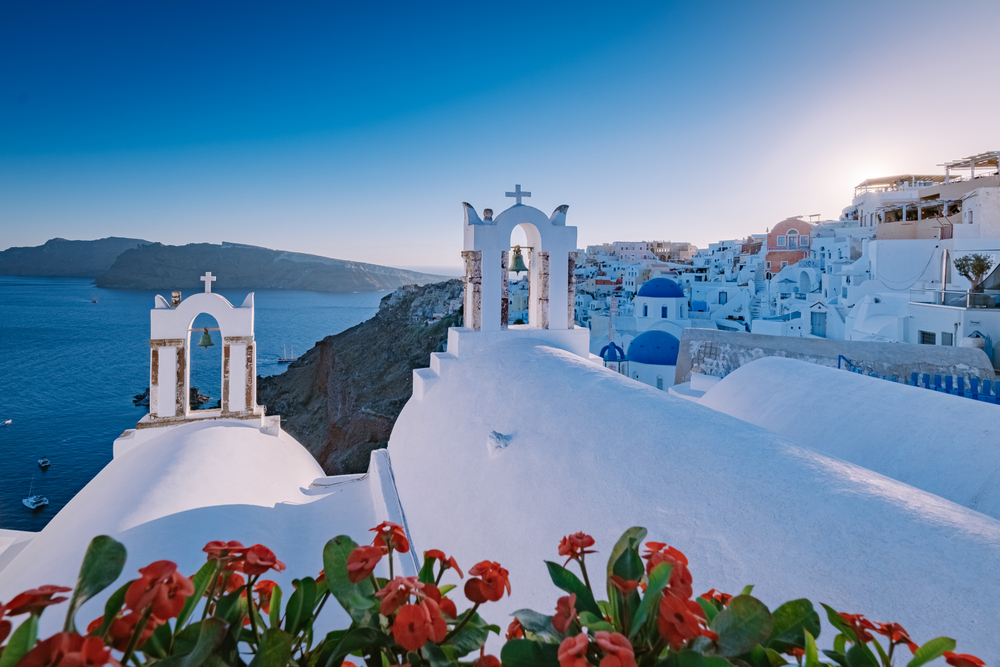
Discover this lesser-known Santorini village cascading down volcanic slopes toward the impossibly blue Aegean. Unlike tourist-saturated Oia with its sunset crowds, Mikrochori offers authentic Greek summer vibes without the Instagram hustle.
The village sits snugly protected from northern winds by ancient volcanic ridges – creating a microclimate that keeps conditions mild even when nearby islands shiver through Mediterranean winter.
Kravica Falls, Bosnia & Herzegovina
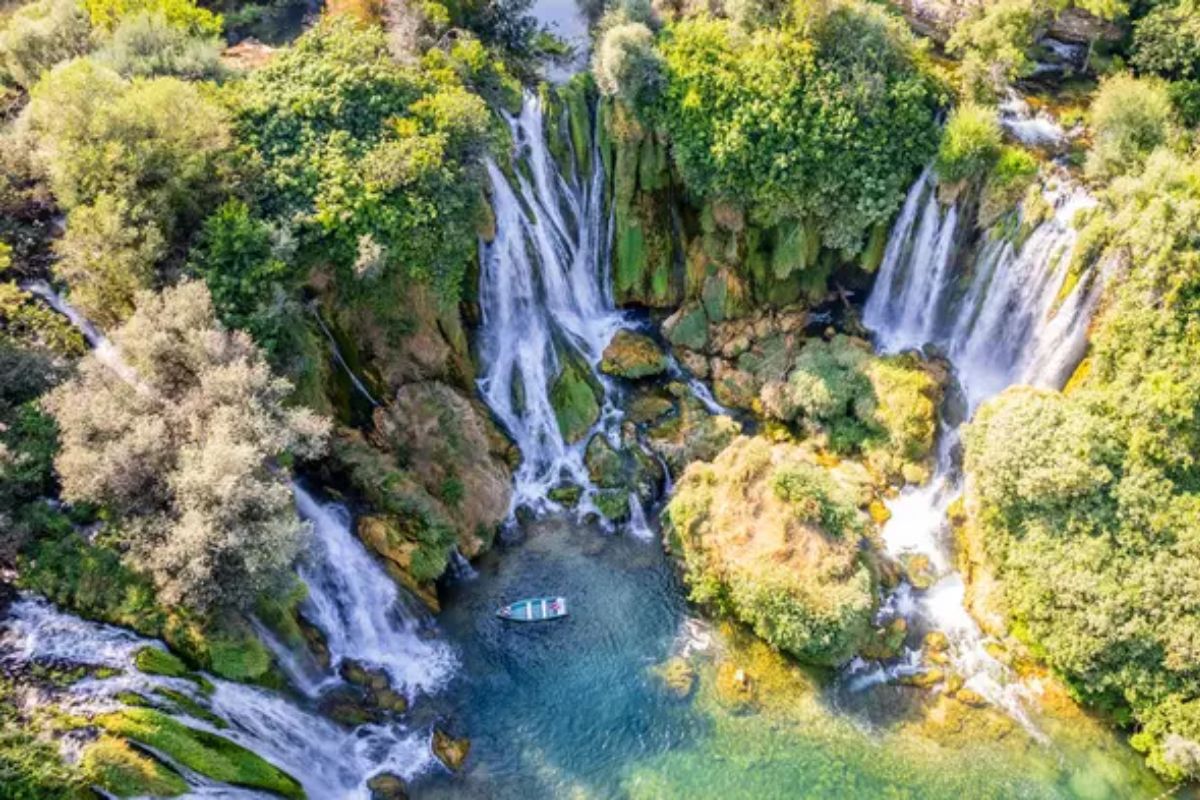
Wade into Bosnia’s hidden gem, where emerald waters tumble over limestone shelves – creating natural swimming basins beneath 80-foot cascades. Though technically inland, these falls generate their own microclimate that feels perpetually summery – with lush vegetation thriving alongside turquoise pools even through regional dry spells.
Bosnian families treat this spot like their private paradise, bringing afternoon picnics whenever temperatures climb above 60°F.
Like Travel Pug’s content? Follow us on MSN.
Ohrid Lake Town, North Macedonia
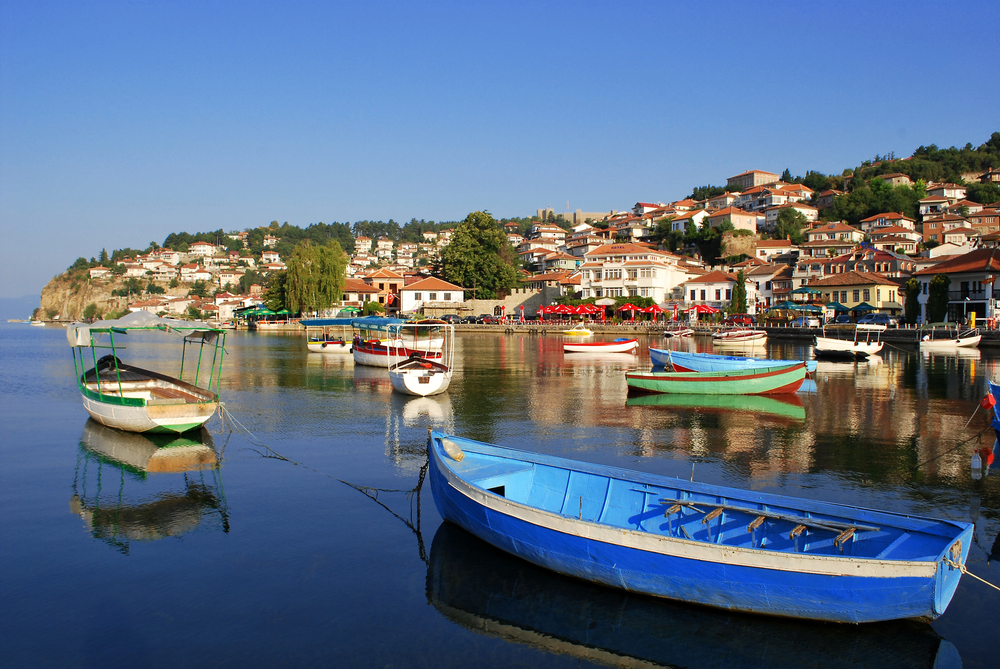
Meander through cobblestone streets of Europe’s oldest lakeside settlement – perched alongside waters scientifically dated to three million years. This massive lake functions as a natural temperature regulator – warming winter breezes while cooling summer heat to maintain surprisingly balanced conditions year-round.
The town’s cafés operate outdoor seating almost daily, with patrons bundling up only during the briefest cold snaps between December and February.
Ksamil Islands, Albania
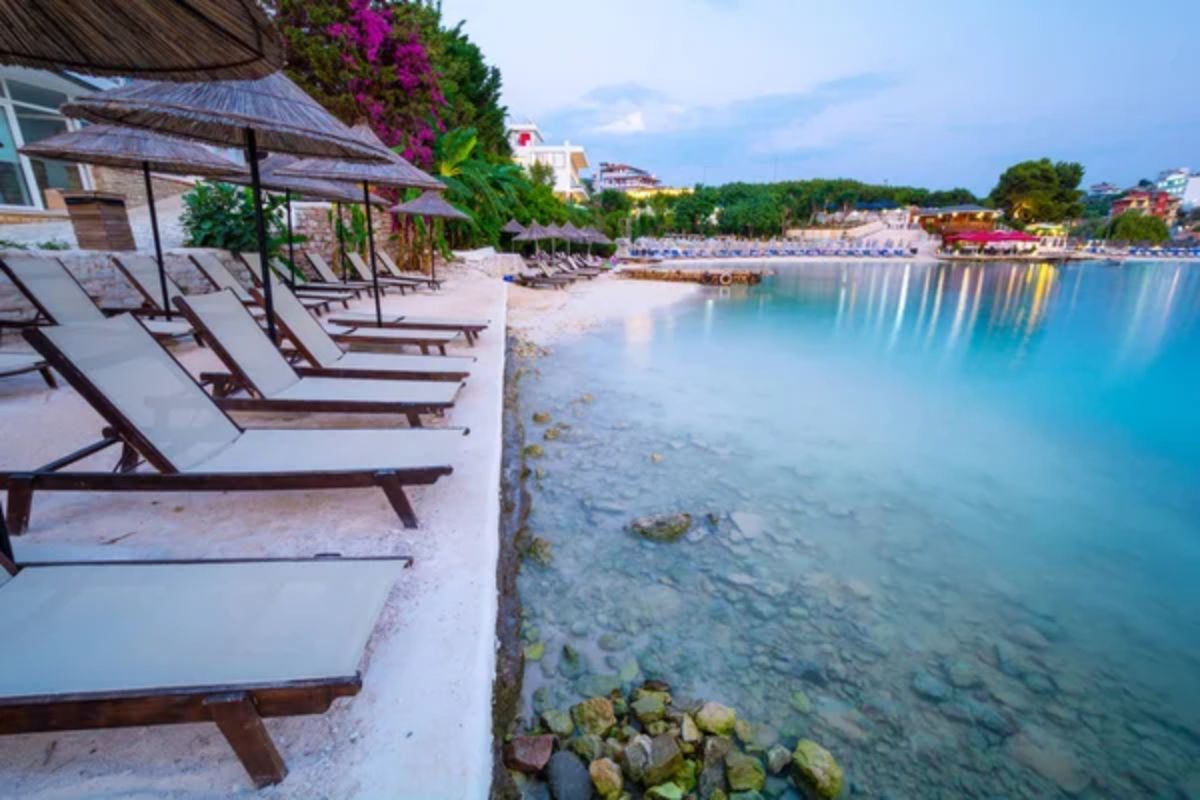
Hop between four tiny islets just offshore from mainland Albania – where Mediterranean pines somehow grow straight from white sand beaches. The sheltered bay maintains swimming temperatures warm enough for comfort from April through November – practically endless summer by European standards.
Old-timers swear these islands possess special energy, pointing to ancient olive trees producing oil so flavorful that locals use it sparingly, like liquid gold.
Korčula Old Town, Croatia
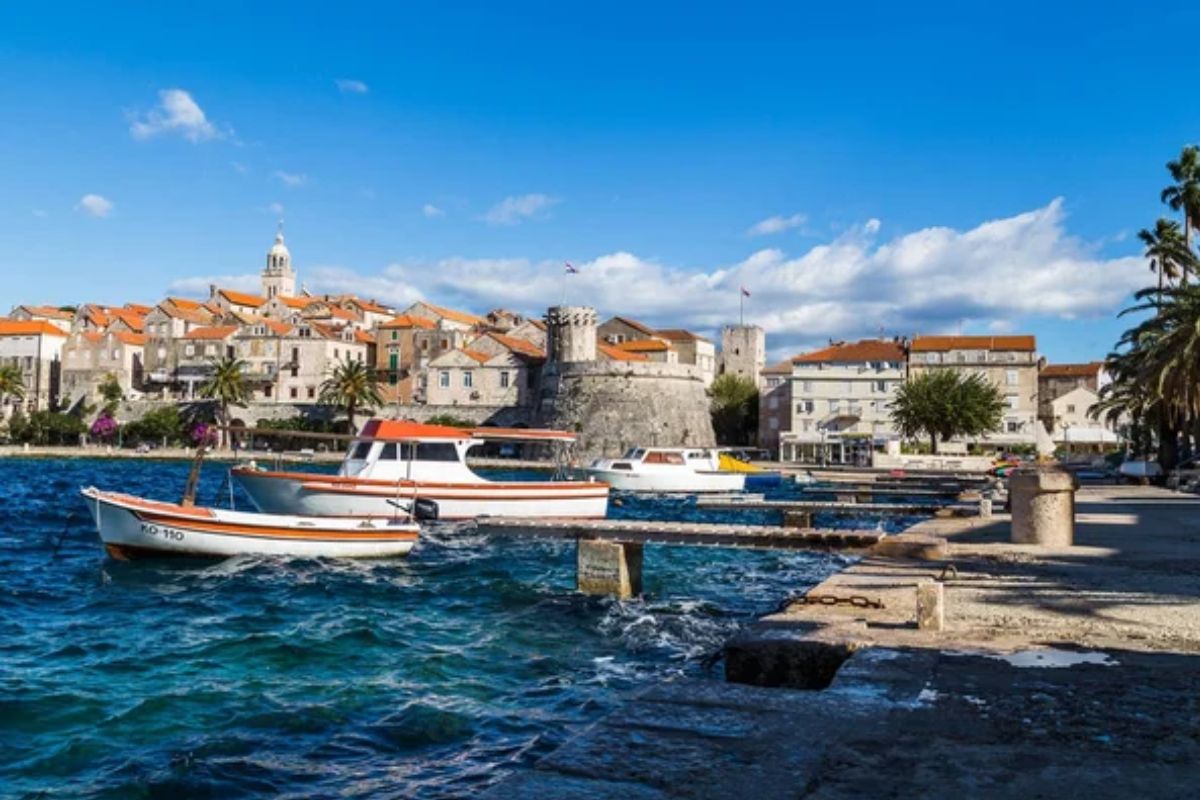
Duck through medieval alleyways intentionally designed in a fishbone pattern – maximizing cooling summer breezes while minimizing harsh winter winds through clever 13th-century urban planning. The honey-colored stone buildings create their own microenvironment, where narrow passages provide shade during summer scorchers yet somehow trap precious winter sunlight.
The town seems suspended in summer’s golden hour regardless of season, with warm light bouncing between ancient walls even during December afternoons.
Like Travel Pug’s content? Follow us on MSN.
Sveti Stefan, Montenegro

Gawk at the iconic islet hotel connected to the mainland by a narrow causeway – originally a 15th-century fishing village now transformed into ultra-exclusive accommodation. This tiny peninsula enjoys nearly 300 sunny days yearly – creating ideal conditions for Mediterranean vegetation that flowers through ten months annually.
You don’t need a luxury hotel budget to enjoy the perpetual summer vibe; nearby beaches offer the same climate without the five-star price tag.
Sarandë, Albania

Relax in Albania’s southern coastal hub, where mountains curve protectively around a west-facing bay, guaranteeing spectacular sunsets throughout the year. The town’s unique orientation means evening light paints everything gold around 6 PM – whether August or January.
Winter temperatures regularly hover above 60°F, allowing waterfront restaurants to serve seafood outdoors while northern Europe scrapes ice from windshields.
Lokrum Island, Croatia

Escape to this uninhabited nature reserve just ten minutes by boat from bustling Dubrovnik. Peacocks roam freely among botanical gardens originally established by Habsburg royalty with exotic specimens from across their empire.
The island’s position shields it from mainland weather patterns – creating growing conditions suitable for plants normally found much farther south. Even during winter months, visitors often shed layers while exploring sunlit paths through vegetation that shouldn’t logically thrive this far north.
Like Travel Pug’s content? Follow us on MSN.
Lake Skadar, Montenegro/Albania
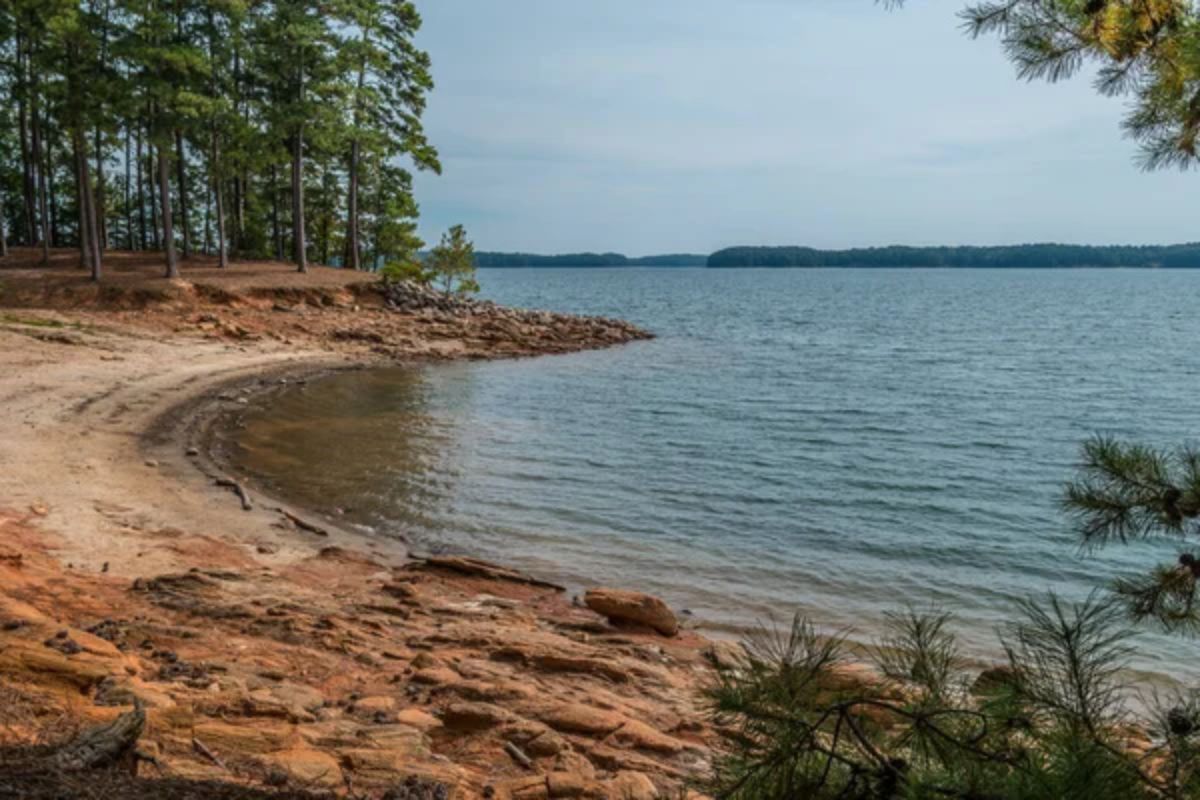
Drift across Balkans’ largest lake straddling two national borders, where pelicans soar above waters dotted with lilies and medieval monasteries. This vast body creates its own weather system – moderating temperature extremes and maintaining humidity levels supporting lush greenery regardless of season.
Fishing villages along shorelines operate at the same unhurried pace year-round, their stone houses seemingly oblivious to calendar dates.
Papingo Rock Pools, Greece

Slide into natural swimming areas carved through marble mountainsides in northern Greece, where crystal waters flow at surprisingly comfortable temperatures regardless of season. These geological marvels – sculpted through millennia of patient erosion – create perfect swimming environments surrounded by wild herb-scented Mediterranean scrubland.
Locals mention healing properties connected to specific mineral compositions in different pools, with some families visiting the same spot for generations.
Old Mostar, Bosnia & Herzegovina
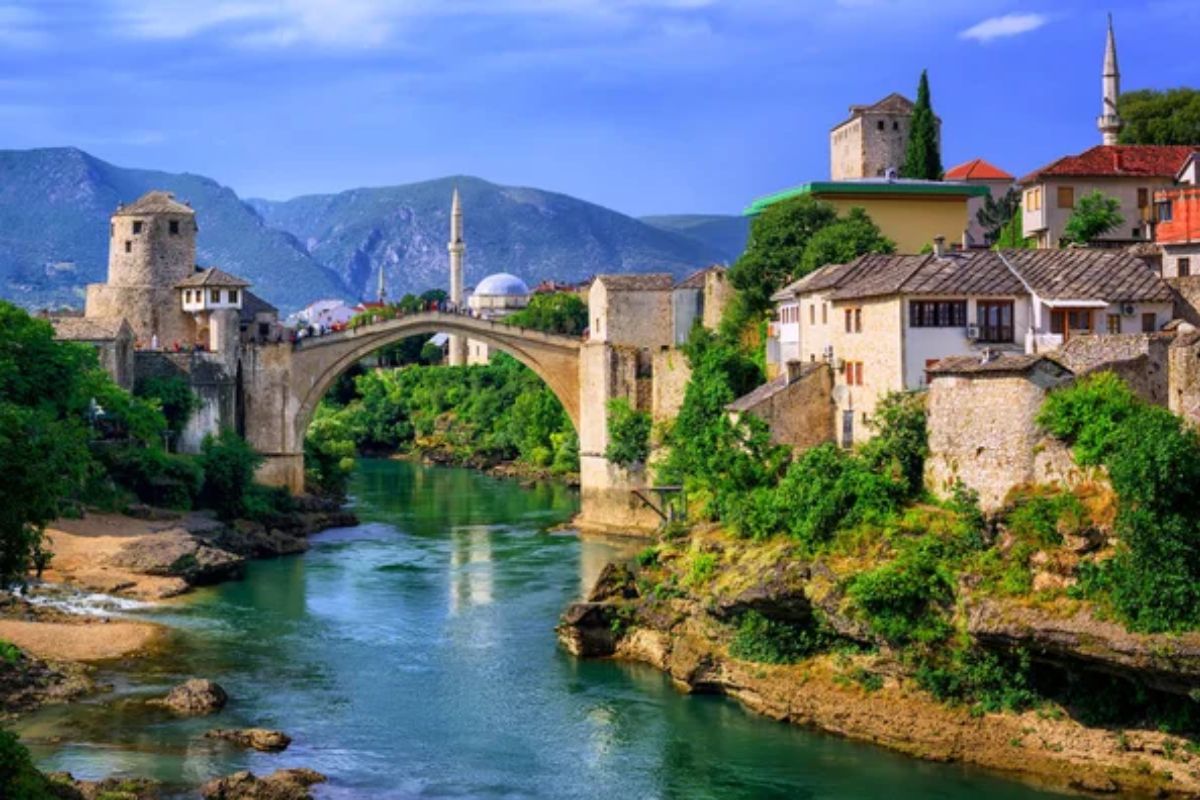
Wander beneath the famous reconstructed bridge spanning the emerald waters of the Neretva River where Ottoman and Mediterranean architectural influences blend seamlessly. The river valley maintains a microclimate significantly warmer than surrounding regions – allowing cafés to operate outdoor seating through mild winter months.
Stone structures absorb daytime heat and release it slowly overnight, creating naturally regulated temperatures throughout historic districts.
Like Travel Pug’s content? Follow us on MSN.
Bay of Kotor, Montenegro
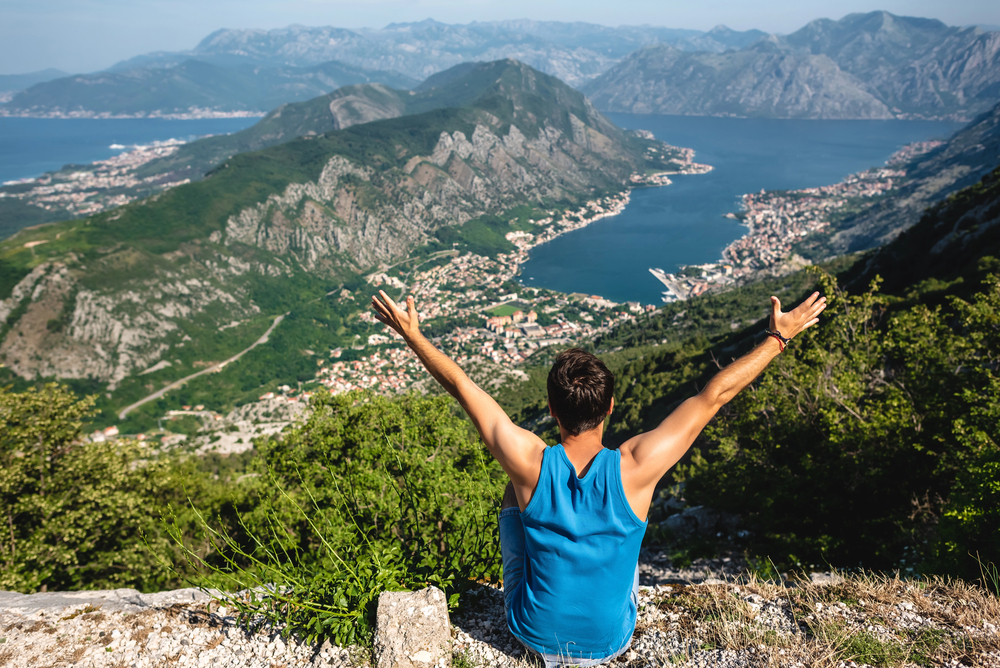
Navigate Europe’s southernmost fjord where medieval towns cling to shorelines beneath limestone cliffs towering thousands of feet skyward. This unusual geographical formation creates a natural greenhouse effect – trapping Mediterranean warmth while blocking harsh continental winds from northern regions.
Palm trees thrive alongside centuries-old stone buildings, creating scenes that feel perpetually suspended in summer despite occasional winter rains.
Eternal Mediterranean Spirit
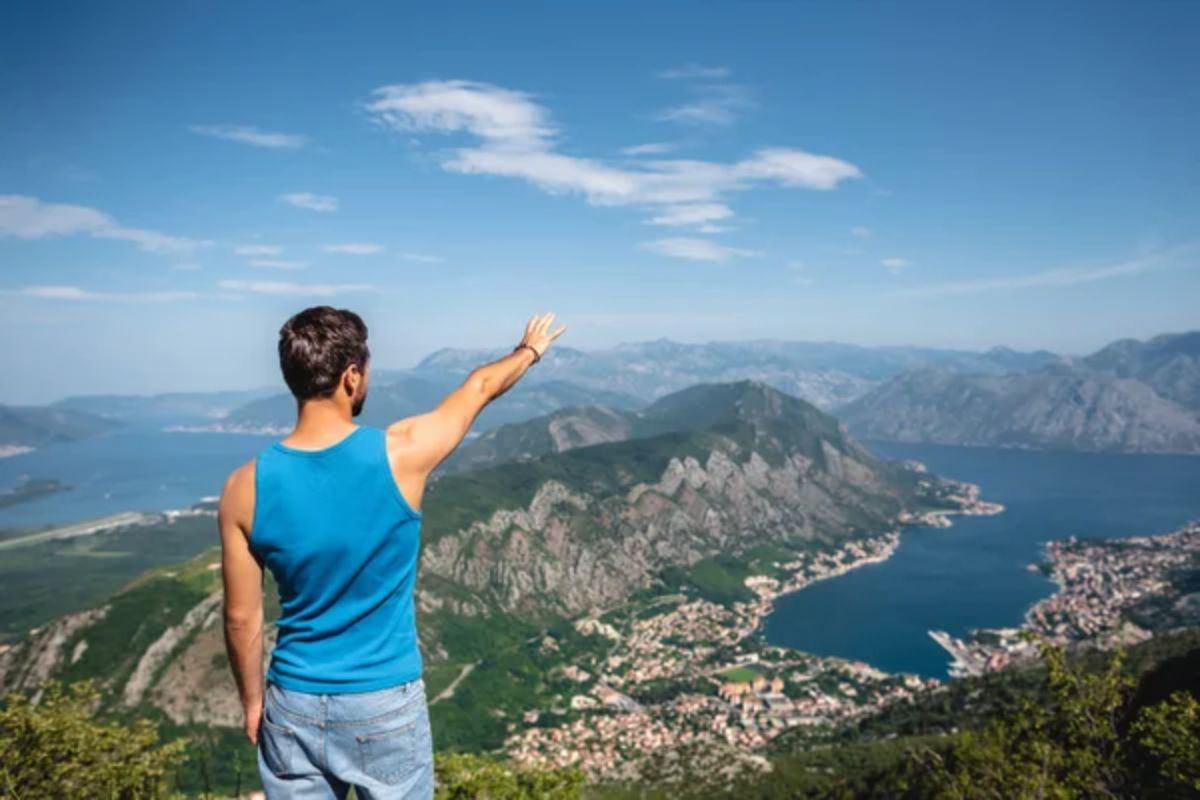
The real charm of these Balkan summer paradises cannot be quantified in terms of temperature or sunshine hours. There is something more intangible that infuses these destinations – a certain attitude toward light and leisure that influences local culture, architecture, and day-to-day rhythms.
Travelers find here societies where alfresco living is still at the heart of things year-round, where lunches unfold lazily beneath open skies, and discussions flow as freely as the local vintages. Besides physical warmth, they offer emotional sunshine in the form of warm hospitality and a sense of time that is in ever shorter supply elsewhere in modern life. The endless summer here nourishes the soul as well as the body, and reminds travelers that somewhere in the Balkans, golden summer days never entirely vanish.
More from Travel Pug

- Cities Growing so Fast You Won’t Recognize Them in 10 Years
- 13 Destinations Where Tourists Regularly Regret Their Trip
- 20 Obscure WWII Sites Even History Buffs Don’t Know About
- 10 Under-the-Radar Mountain Towns That Are Both Affordable and Beautiful
- Remote Villages in Europe Where You Can Live for Free in Exchange for Work
Like Travel Pug’s content? Follow us on MSN.
